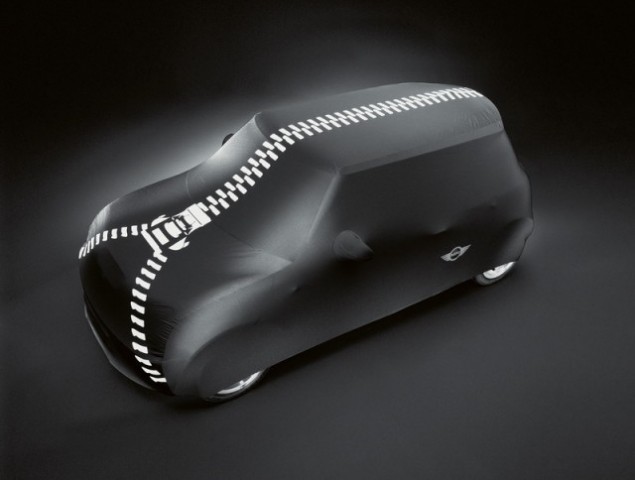On November 18 this year MINI will unveil a new generation of models at a special ceremony in its Oxford plant in England. The date has been carefully chosen as it coincides with the 107th anniversary of Sir Alec Issigonis, the man who designed the original Mini. While we know that the new car will be heavily influenced by the MINI Vision Concept (revealed earlier this year) exact details are scarce. MINI even went so far as issuing a scathing tongue-in-cheek press release after some photographers had the audacity to catch some spy pics of the car during testing. While we do not know with 100 per cent certainty what the car will look like, we can now confirm the advanced technology it will pack under the skin.
Drivetrain
The MINI 3 will share many of its components with a new generation of front-wheel drive BMWs so a range of engines has been developed that offer the driving dynamics expected by MINI drivers and the sportiness and refinement usually offered by BMW. The new family of engines is modular in construction and has allowed MINI to introduce both three-cylinder and four-cylinder units.
We have tested the three-cylinder unit before, but things have been toned down since that prototype. Not too much though as in the MINI the 1.5-litre unit will deliver 134hp and 220Nm of torque, the latter of which can be increased briefly to 230Nm by means of an overboost function. MINI says that positioning of the turbocharger - integrated into the exhaust manifold - allows the engine to offer "spontaneous responsiveness and supreme power delivery."
A petrol fuelled 2.0-litre unit will, in standard guise, deliver 190hp and 280Nm of torque (300Nm on overboost). This engine is also likely to form the base of John Cooper Works models so more is expected from it.
BMW's investment in three-cylinder engines has also spawned a 1.5-litre diesel unit that generates 114hp and a healthy 270Nm of torque. Despite the power MINI says the new unit is more the 7 per cent more efficient that the current four-cylinder engine.
In the case of the petrol engines all are fitted with MINI TwinPower turbo technology, direct fuel injection, variable camshaft control (dual Vanos) for the lower powered engines and Valvetronic variable valve control on the higher powered offerings. The turbodiesel engines also have the latest generation common rail direct injection system.
Whether petrol or diesel all engines feature aluminium cylinder heads and an aluminium crankshaft with integrated balancing shaft drive, weight-optimised piston and forged conrods for reduced friction and higher performance. The three-cylinder engines also have a countershaft to mimic the smoothness of BMW's traditional six-pot engines while the four-cylinder model has two shafts that counter-rotate in the name of refinement.
A new range of transmissions has also been developed to go with the new engines with the manual gearboxes featuring a gear sensor that adapts the engine speed when shifting. This (according to MINI) makes for speedy shifts with always the right engine speed available. An automatic start-stop function has also been integrated into the automatic transmissions to save on fuel and cut emissions. The transmission can, if mated to a car with satellite navigation, adjust gear selection to suit the road ahead - dropping down a cog for a fast approaching sweeping left hander for instance.
Rolling stock
To ensure the new generation MINI retains its famous 'go-kart' handling a lot of work has gone into the chassis. Suspension, both front and rear, has been completely redesigned with weight stripped from the systems. New, lightweight forged alloy wheels also trim weight from the chassis. The Electronic Power Steering (EPS) has also been tuned to offer speed-dependent assistance. At low speeds little effort will be required to move the MINI - allowing for the fitment of a parking assist function - but the steering will progressively weight up as speed increases.
The other big news is that, for the first time, the MINI will be fitted with adjustable dampers. A switch on the dashboard will allow the driver to choose between sporty or a more balanced, comfortable chassis depending on the road conditions and indeed the driver's mood.
Safety
The rigidity of the MINI, required for its famous handling, has always seen the car score well in crash testing, but with more emphasis being placed on pedestrian safety the new car will feature an active bonnet to keep pedestrians safe. Should a photosensor located in the bumper detect an imminent collision pyrotechnics will deploy, raising the bonnet away from the hard engine block and offering a softer landing for anyone struck by the car. A shock absorber in the front bumper should also ensure that the pedestrian's legs do not bear the brunt of any collision.

